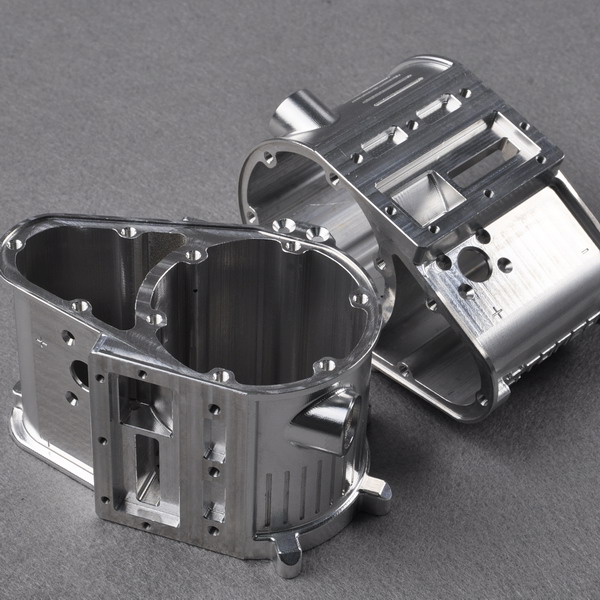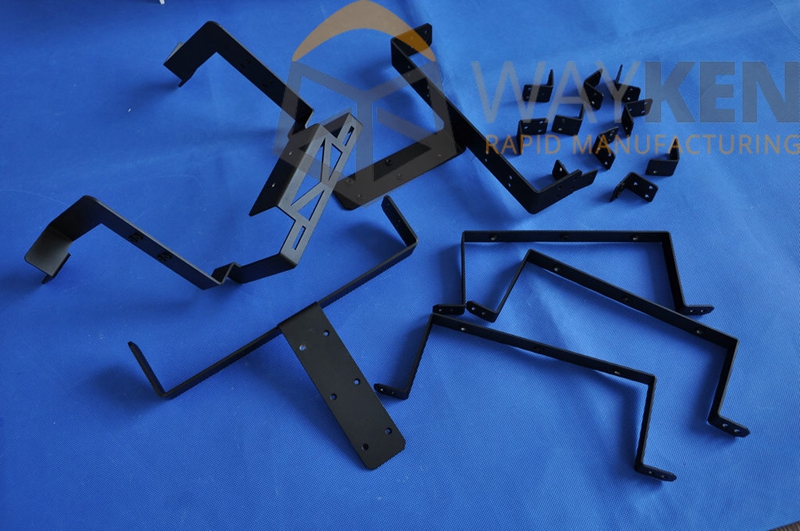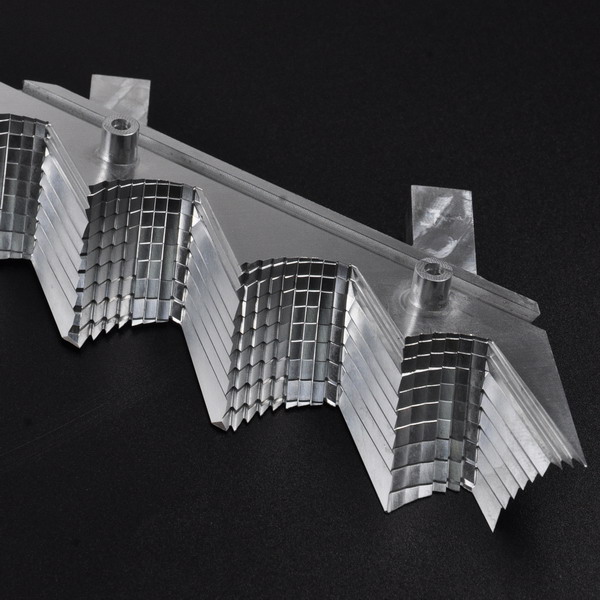In today’s competitive market, cutting costs is essential for staying ahead of the competition. But when it comes to metal machined parts, cutting costs can be a challenge. This article will discuss how to cut costs through improved processes and materials selection, as well as providing tips on how to ensure you get the most value from your machined part like custom machined aluminum parts purchases. By following these steps, you can reduce the cost associated with production while maintaining quality and reliability.
Choose The Right Metal Material
Choosing the right metal material for a project can significantly reduce costs. By taking into account factors such as availability, cost of materials and labor, formability, corrosion resistance and other requirements, it is possible to ensure that the most suitable material is chosen. Cost savings can be achieved throughout the life cycle of the product by selecting appropriate metals and alloys which can minimize manufacturing costs, improve performance and reliability, optimize weight or provide better environmental capability. The selection process should consider alternative materials available for a particular application and assess their suitability based on properties such as strength-to-weight ratio, working temperature range, oxidation/corrosion resistance and compatibility with other components in an assembly.
In addition to choosing an appropriate grade and specification of metal, there are also cost savings to be found in the selection of special finishes and coatings which help extend the life cycle of parts and components. By cutting costs through choosing the right metal material for a project, companies can reap significant rewards for their bottom line. Furthermore, the right choice of metals can result in an increase in uptime due to improved performance and reliability as well as reduced maintenance costs.
Finally, choosing appropriately sized components that are lighter weight than would otherwise be required can reduce shipping and handling expenses while still providing necessary functionality. All these factors together add up to substantial cost savings that can be achieved by selecting appropriately chosen metals for your next project.
Carefully Evaluate The Surface Treatment

Surface treatment is one of the most important steps in product design, as it affects how a product will look and function. When done properly, it can also help to reduce costs by extending the life of the product and reducing maintenance requirements.
By carefully evaluating all aspects of surface treatment – from materials used to processes applied – cost savings can be achieved without sacrificing quality.
First and foremost, consider the type of material that is being treated. Different materials have different levels of durability and require unique treatments for optimal performance. For example, aluminum requires anodizing or powder coating for maximum protection against corrosion, while steel may need galvanization or painting for similar durability improvements. Researching the specifics associated with each material can lead to significant cost savings.
Then, evaluate the processes that will be used for surface treatment. Different coatings and treatments may require different tools and equipment. Highly specialized tools can drive up costs significantly, so finding cost-effective alternatives should be a priority.
Additionally, consider how environmental conditions may affect the process or final product – such as temperature control or dust prevention measures – and factor these into the evaluation. Finally, review processes for waste management during surface treatment to maximize efficiency and reduce costs associated with disposal of hazardous materials. Careful selection of materials and processes can help reduce both the amount of waste generated and its toxicity level, resulting in significant cost savings in the long run.
With the right research and planning, companies can ensure that their surface treatment solutions are cost-effective and reliable for years to come. In conclusion, How To Cutting Cost through Carefully Evaluate The Surface Treatment is a great way of reducing costs while still achieving high quality results. By researching materials and processes, assessing environmental conditions and understanding waste management regulations upfront, businesses can identify cost-saving solutions that don’t compromise on safety or performance.
Avoid Complex Part Design
Avoiding complex part design is an essential step in cutting costs for any kind of product. By simplifying the structure and function of individual parts, manufacturers can minimize the amount of material used, reduce labour needed to assemble components and save on production costs. This approach also helps ensure that there are fewer chances for errors or defects during assembly, allowing for a more efficient process overall.
To cut costs through avoiding complex part design, manufacturers must strive for clarity in their designs by following some key principles:
- Limit the number of components used in each product – keep it as simple as possible.
- Make sure that each component fits correctly together – improper fit-up between pieces can lead to extra time spent adjusting or even re-designing components.
- Utilize standard parts whenever possible – using off-the-shelf components can minimize costs and manufacturing time.
- Maximize the use of automated processes – investing in technology and automation can greatly reduce labour costs while ensuring accuracy in assembly and quality control.
By following these guidelines, manufacturers can ensure that they are cutting costs by avoiding complex part design, while still maintaining high levels of quality and efficiency.
Conclusion

In conclusion, cutting costs for metal machined parts requires careful consideration of the processes involved. Utilizing the right materials and design, optimizing the machine settings, and adhering to best practices in production can all help to reduce expenses and maximize profits. Understanding the various cost drivers associated with metal machining also helps to identify areas of potential savings while avoiding costly mistakes. Taking these steps can help to reduce costs while maintaining quality and reliability in your metal machined parts.








